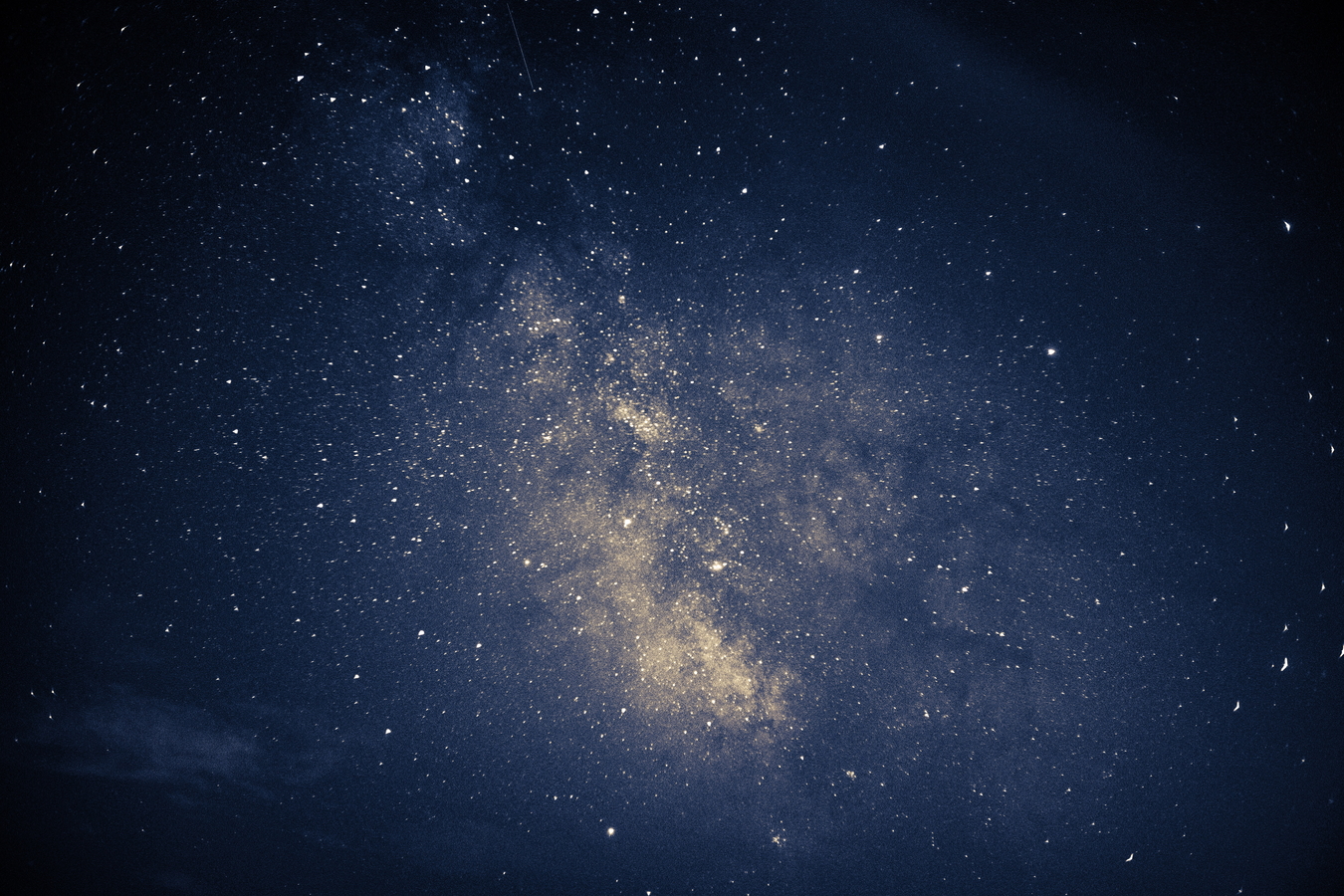Overview
While our present picture for the formation of galactic disks can be largely traced to analytic ideas first explored in the 1980s, where a galactic disk’s angular momentum is tied to the angular momentum of its host dark matter halo, our understanding of galaxy disk formation remains incomplete. It is unclear why disks formed in cosmological simulations do not track dark matter halo spin as expected from the classic models, and why modern observations demonstrate that thin star-forming disk galaxies are far from ubiquitous. Rather, the bulk of star-forming galaxies at high redshift and low mass have irregular morphologies with lower rotation-to-dispersion ratios than local spirals.
Using both idealized calculations and the FIRE cosmological zoom simulations, I will argue that the thermal and dynamic properties of the circumgalactic medium (CGM) have a crucial yet underexplored role in the formation of disk galaxies. In our simulations disk galaxies are surrounded by hot, time-steady CGM which are largely supported against gravity by thermal-pressure, while irregular galaxies are surrounded by highly-variable CGM supported by turbulence and coherent inflows / outflows. Our results thus suggest that the thermodynamic properties of the CGM should be incorporated in the standard paradigm for galactic disk formation.
